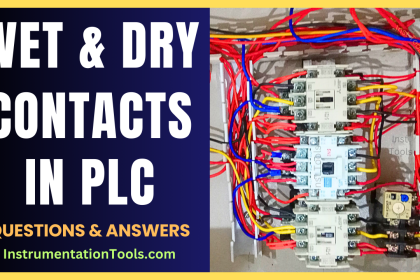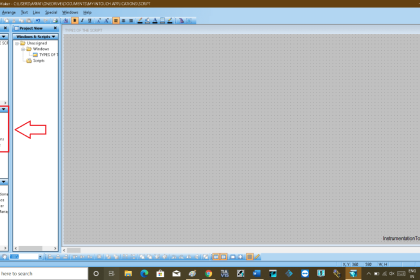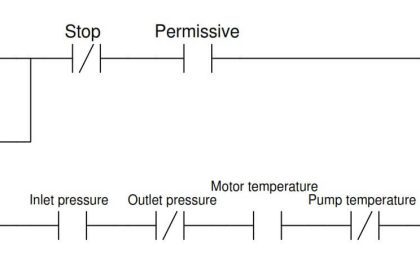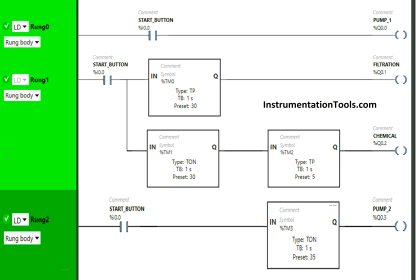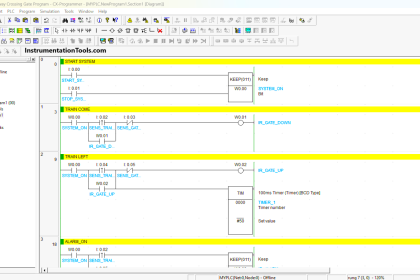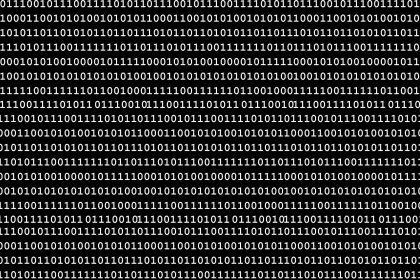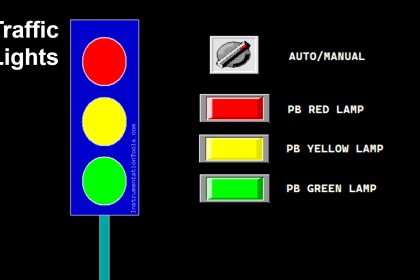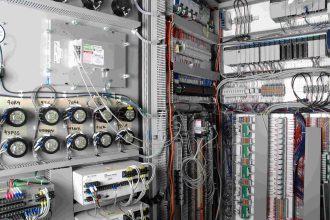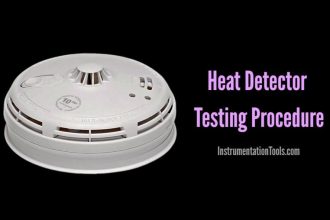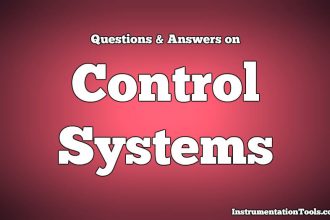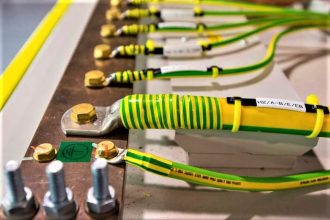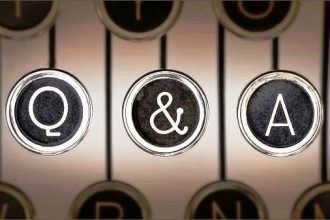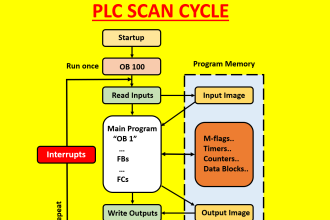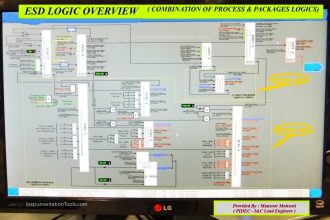In the earlier post, we saw how to write regions in the SCL language. Now, in our last post related to a series of different types of constructs or statements, one type to check more is repeat-until statement. Repeat until is a very powerful tool used to execute statements which require repetitive loops. It is similar to while-do loop, but has some slight differences. It is thus necessary to understand the differences between various types, so that a programmer can use them accordingly. In this post, we will see how to use repeat until statement in SCL language of TIA Portal.
What is a repeat-until statement?
Repeat until the statement will be easier to understand if related with the while-do statement. As opposed to a while-do statement which executes statements as long as the condition is true, a repeat-until statement executes lines as long as the condition is false. A single condition is checked, and if this condition is not satisfying, then the statements will be executed in a continuous loop. When the condition goes true, it goes out of the loop and exits. So the general meaning is that – while the condition is false, execute the statements in a loop until the condition goes true, and then come out of the loop.
The general syntax for this construction is
Repeat
Statement;
Until condition
End_repeat;
The meaning is – execute the statement, check for the condition, and again repeat the loop. Then again execute the statement, check the condition, and repeat the loop. This loop will continue until the condition goes true. Once true, the loop is exited and the PLC executes other logic written. So, you can see that it is completely opposite of the while-do statement. Also, the condition is checked in the last, as compared to the start which is done in a while-do statement.
If it is required to exit the loop in between, then mention a keyword named exit; in between. Due to this, the loop terminates without executing fully. You can also write this under an if-else condition, to come out forcefully from the loop. One thing to remember is to not execute a loop under an already existing loop; otherwise it will become infinite and the PLC will go into fault mode.
How to write a repeat-until statement in SCL language?
Refer to the below image. The logic is – while the value of seconds is more than 0, decrement it’s value every 1 second by 1. The initial value of this tag will be 10. Once this value becomes less than 0, then the decrement will be stopped. For your understanding, I will also use the exit keyword to understand more better.
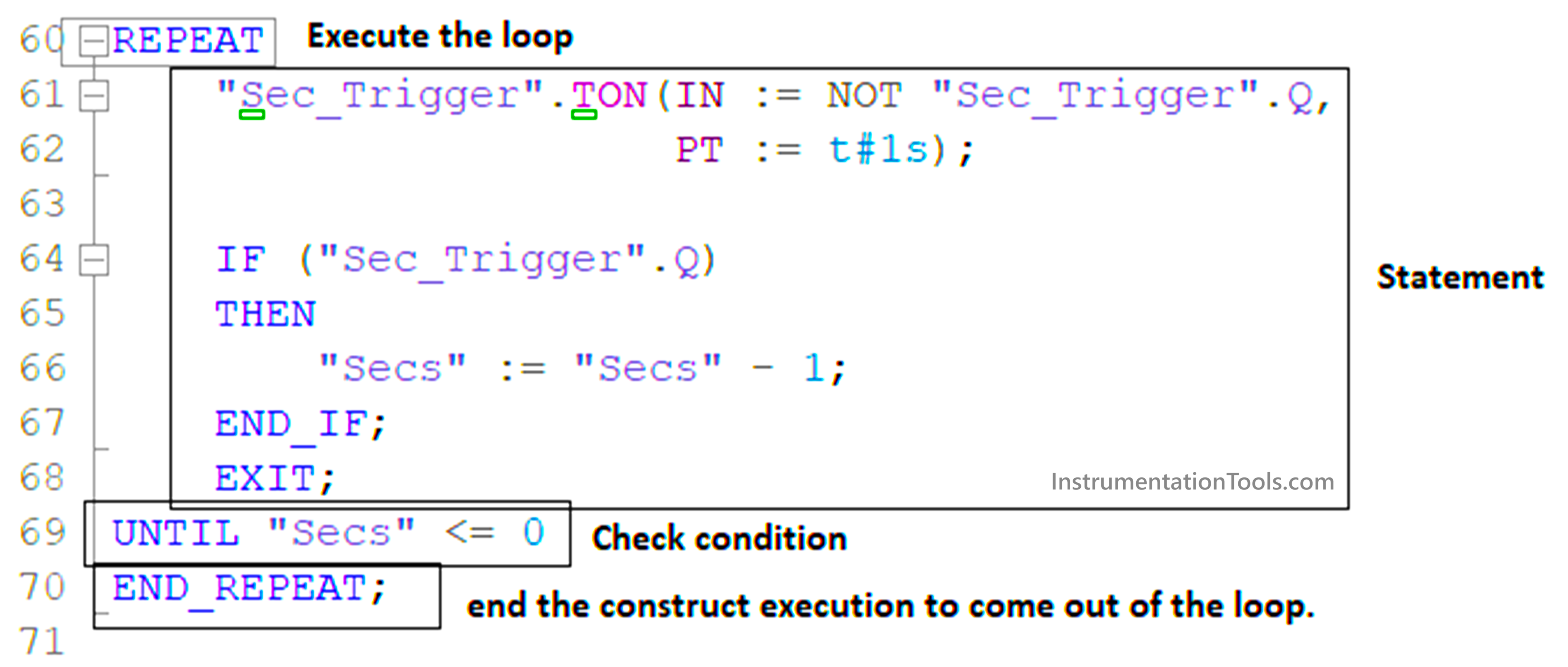
The execution flow is as follows –
- We have fixed or initialised the value of the secs as 10.
- First, the secs is initiated to 10, so that abrupt addition does not execute.
- So, with the PLC encountering a repeat keyword first, the statements inside this construct will be executed. A timer instruction is first written for executing every 1 second. After every 1 second, we decrement the value by itself to 1, as shown in the 66th line.
- The condition to exit the loop is then checked as Secs <=0. If this condition is not yet achieved, then the loop is again executed from the start. As the value has now become 9 and still more than 0, the loop is executed once again.This goes on till the value becomes 1. The loop is executed one last time and when it becomes 0, the execution stops and the loop is exited finally.
You could have written this statement in an if-else style too. Simply replace the repeat statement as – if secs>0 then, remove the exit and until keywords and replace end_repeat with end_if. But, this is good for our example of simple decrement. If complex statements are required to be executed continuously in a loop, then you would have to write an if-else statement, which would make the program bulkier. In that case, a repeat loop statement makes a task much easier to work.
In the next post, we will see how to insert block calls in SCL language.
Read Next:
- Flip-Flop PLC Programming Examples
- Example of PLC based on Logic Circuit
- PLC Example Program for Star-Delta System
- Siemens PLC Program Course for Beginners
- Analog Alarms using Functional Block Diagram
